Secondary packaging
Secondary packaging
Secondary Packaging
Secondary packaging is a crucial part of the packaging process. It serves as an extra layer of protection for products. This type of packaging is not in direct contact with the product itself. Instead, it holds together primary packages or groups of products.
Purpose of Secondary Packaging
The main purpose of secondary packaging is to protect products during transportation and storage. It also helps in organizing products for easier handling. For example, a cardboard box containing multiple toothpaste tubes is secondary packaging.
Types of Secondary Packaging
There are various types of secondary packaging. Common examples include cardboard boxes, plastic crates, and shrink wrap. Each type has its own benefits and is chosen based on the product's needs.
Benefits of Secondary Packaging
Secondary packaging offers several benefits. It enhances product protection, making sure items reach customers in perfect condition. It also aids in efficient shipping and handling. Additionally, it provides space for branding and product information.
Examples of Secondary Packaging
Examples of secondary packaging are all around us. Think of the box that holds a dozen cans of soda. Or the plastic wrap around a set of water bottles. These are all forms of secondary packaging.
Blog Posts with the term: Secondary packaging
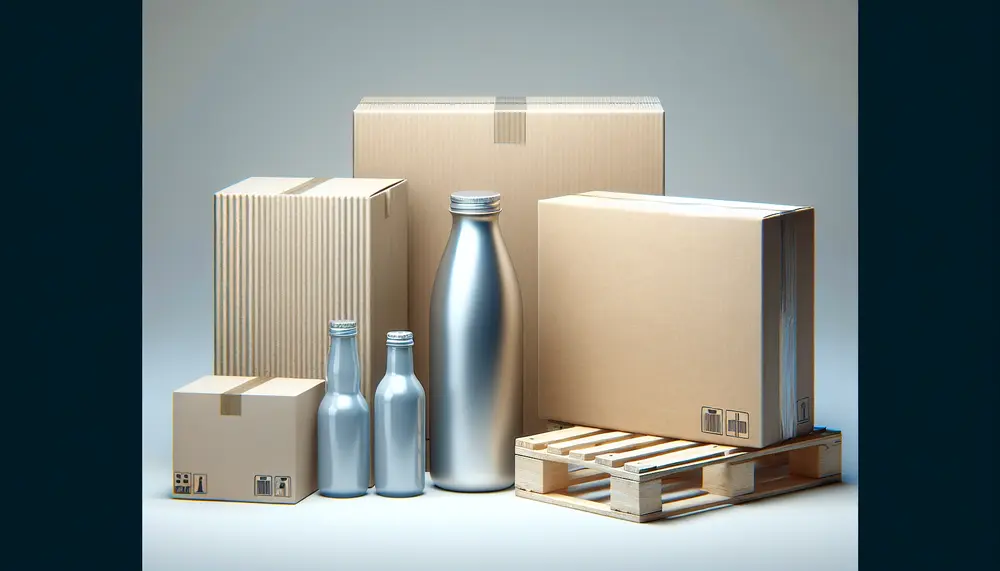
Packaging levels refer to the layers of packaging used from production to consumer, including primary (direct product contact), secondary (grouping and branding), and tertiary (bulk handling). Each level serves distinct purposes in protection, marketing, transportation, and regulatory compliance....
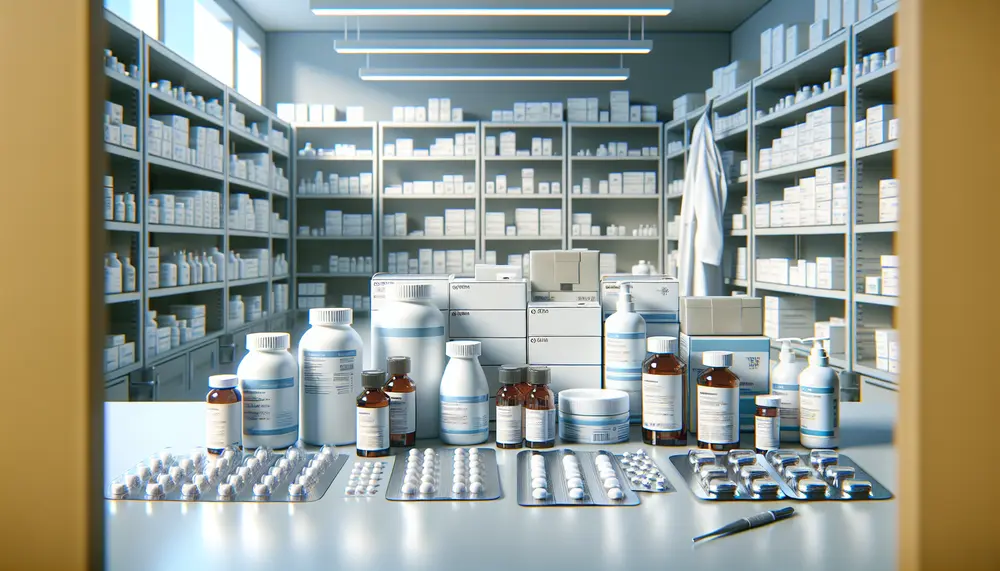
Ensuring compliance in pharmaceutical packaging is essential for product integrity, patient safety, and regulatory approval. This article outlines key guidelines from major regulatory bodies like the FDA, EMA, ICH, WHO, and USP that govern material selection, design standards, labeling requirements,...
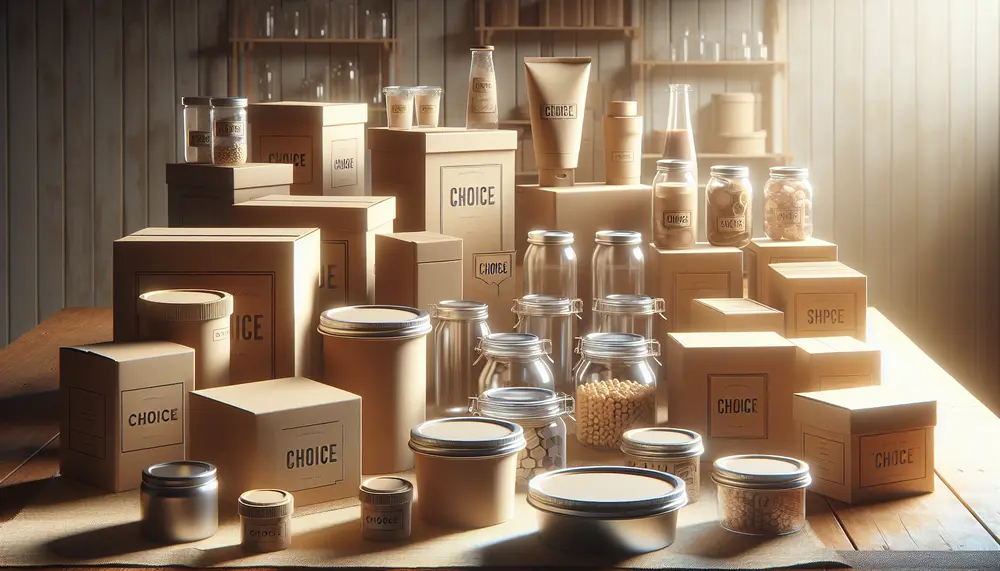
Selecting the right packaging for desserts is crucial as it affects freshness, safety, customer experience, and environmental impact. The three main materials—plastic, paper (cardboard), and aluminum—each have their benefits and drawbacks concerning durability, visibility, branding potential, sustainability concerns, and protection...
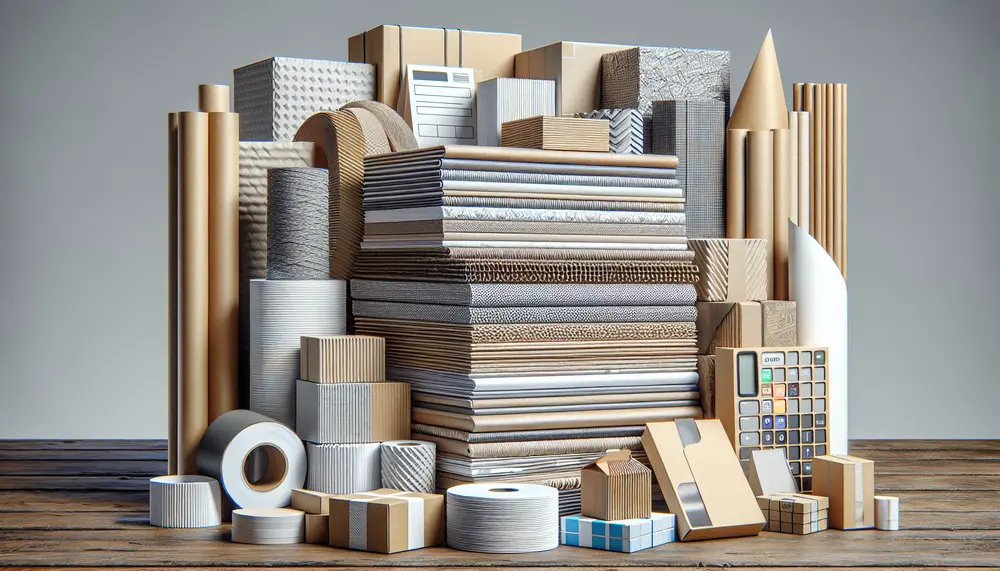
Duplex paper is a two-layered packaging material known for its printability and structural integrity, widely used across industries due to its visual appeal and sturdiness. It's also eco-friendly, being recyclable and often made from sustainable sources. Advancements in duplex paper manufacturing...

The pharmaceutical packaging HS code is essential for global trade, ensuring regulatory compliance, accurate tariff calculations, and efficient customs clearance. Understanding and correctly using the HS code helps businesses avoid delays, fines, and ensures smooth international operations by accurately classifying...
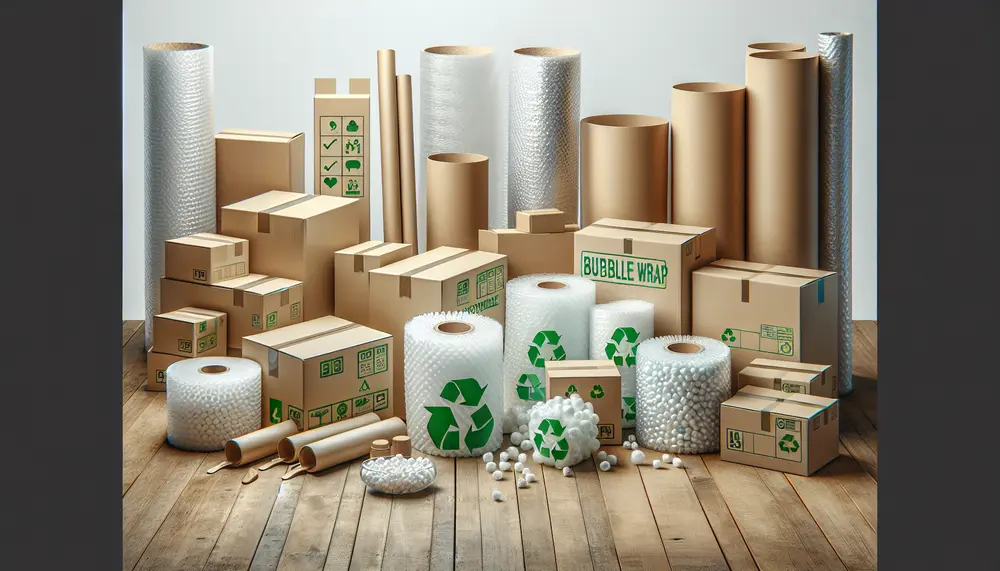
Packaging solutions in New Zealand are essential for product integrity, safe distribution, and brand identity; they must be durable for long transits and increasingly sustainable to meet consumer expectations. Quality packaging is crucial as it protects goods during shipping, enhances...
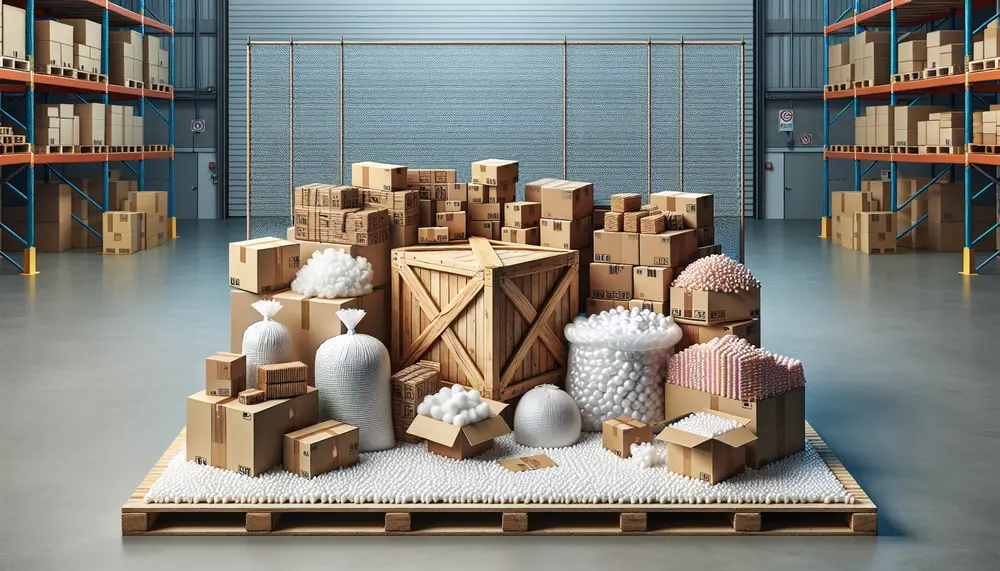
Packaging and packing are distinct processes in goods transportation; packaging focuses on product protection and presentation, involving design for brand identity, while packing is about enclosing products for safe distribution. Primary, secondary, and tertiary packaging provide different levels of protection...
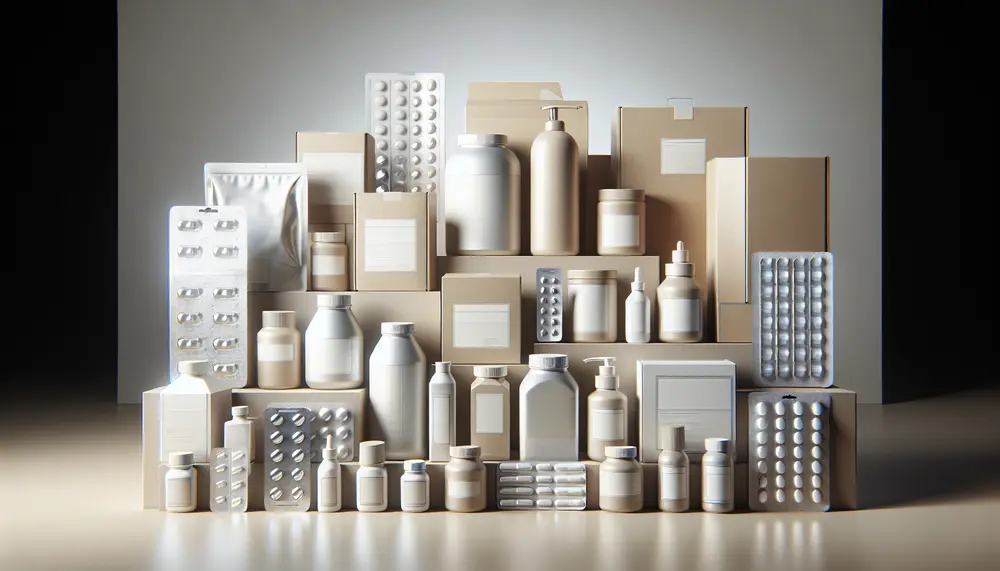
Pharmaceutical packaging and design are essential for ensuring medication safety, efficacy, and patient compliance. Effective packaging involves understanding regulatory requirements, material science, and user needs while providing protection, information, identification, convenience, and adherence to treatment plans; it must also comply...
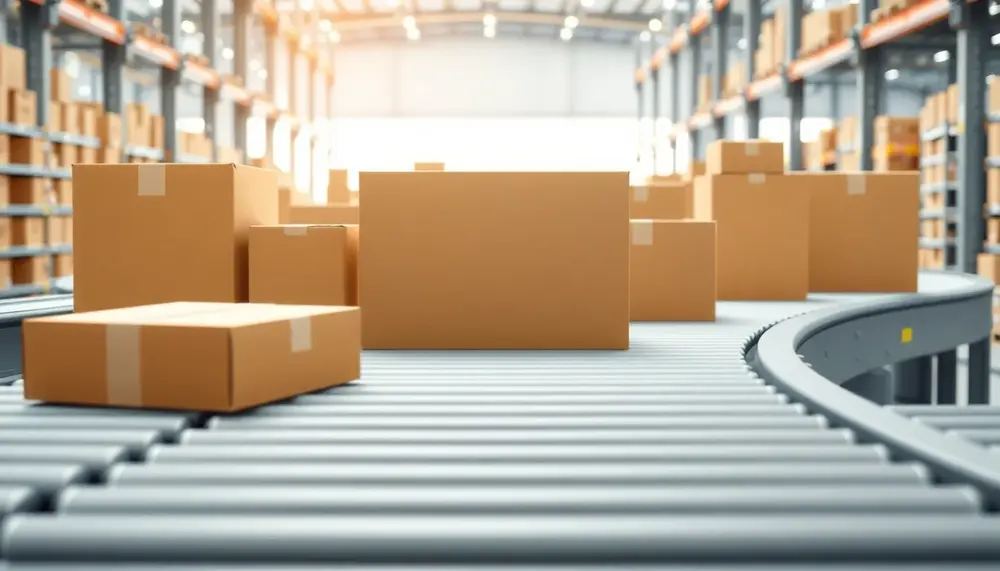
Amazon's packaging evolution reflects its commitment to innovation, sustainability, and customer satisfaction through initiatives like Frustration-Free Packaging, which reduces waste and enhances the unboxing experience. By leveraging eco-friendly materials, AI-driven optimization, and scalable solutions across product categories, Amazon has set...
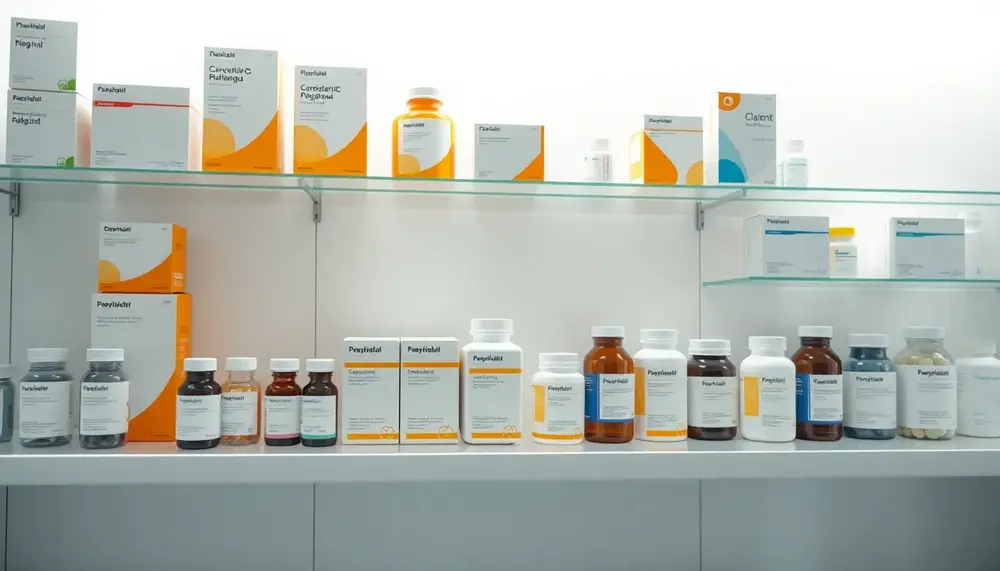
Pharmaceutical packaging is a science focused on ensuring medicines are safe, effective, and user-friendly through primary, secondary, and tertiary types using various materials while adhering to regulatory compliance. Innovations in smart technology and sustainable practices continue to evolve the field...
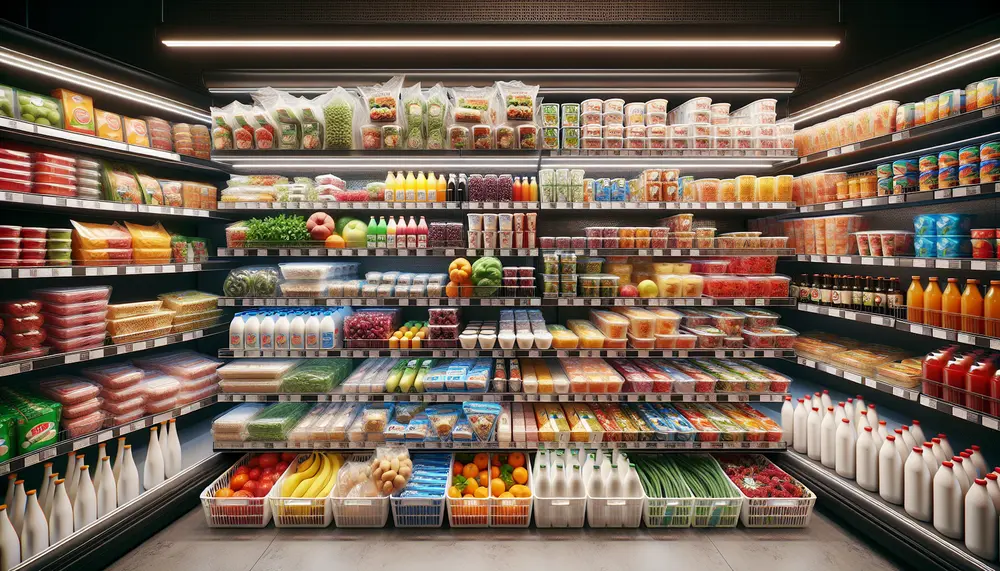
High Density Polyethylene (HDPE) is a crucial material in food packaging due to its durability, chemical resistance, and ability to maintain product integrity under various conditions. It offers advantages such as cost-effectiveness, lightweight nature, customization flexibility, and significant contributions to...
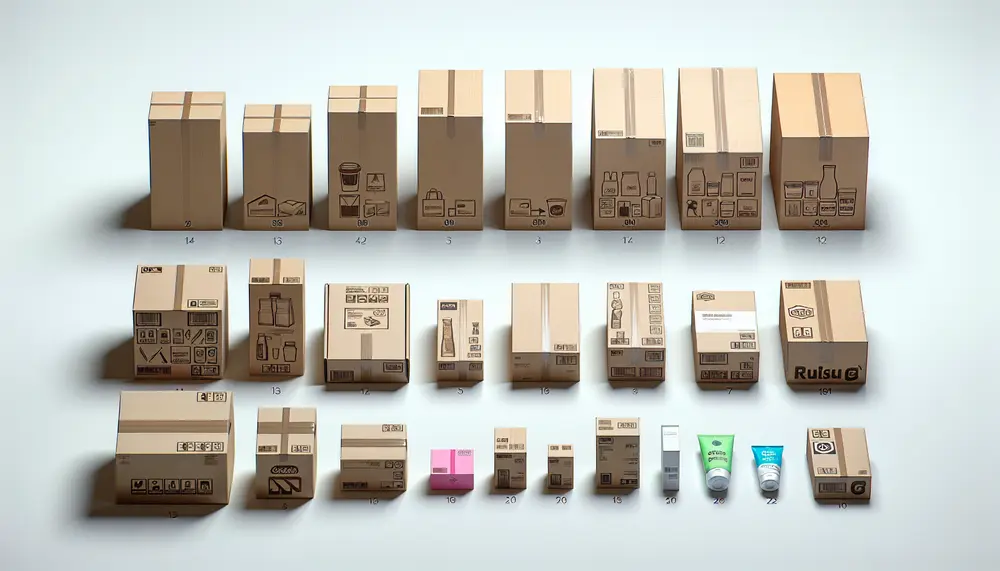
Product packaging is essential for protection, marketing, and providing consumer information; it influences brand perception and purchase decisions through design elements like color schemes. The design process involves research, feedback, prototyping, and technical considerations to ensure functionality and appeal. Choosing packaging...
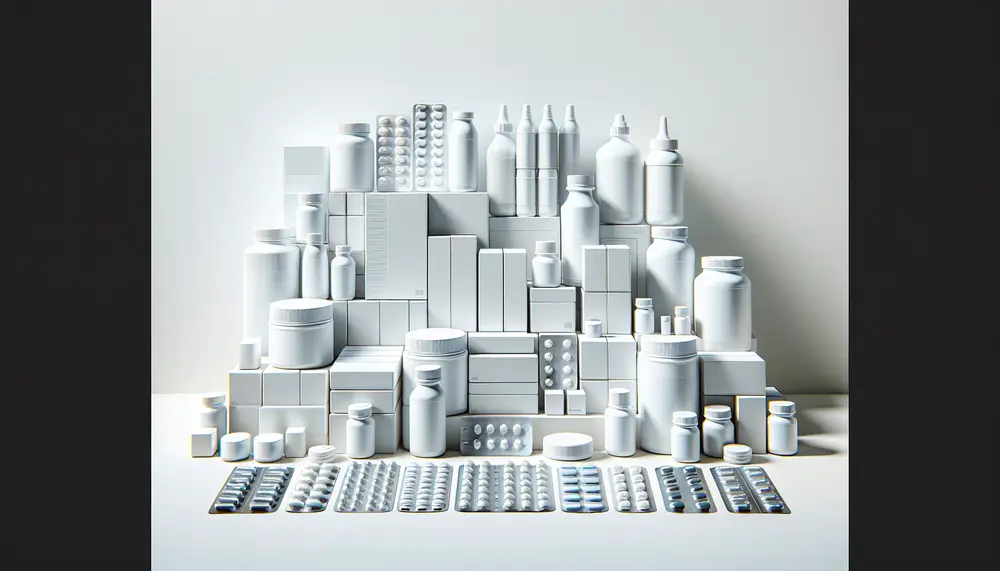
Pharma packaging is vital for safe medication delivery, requiring an understanding of different types and materials to ensure drug integrity, patient safety, compliance with regulations, sustainability practices, and leveraging technological advancements....
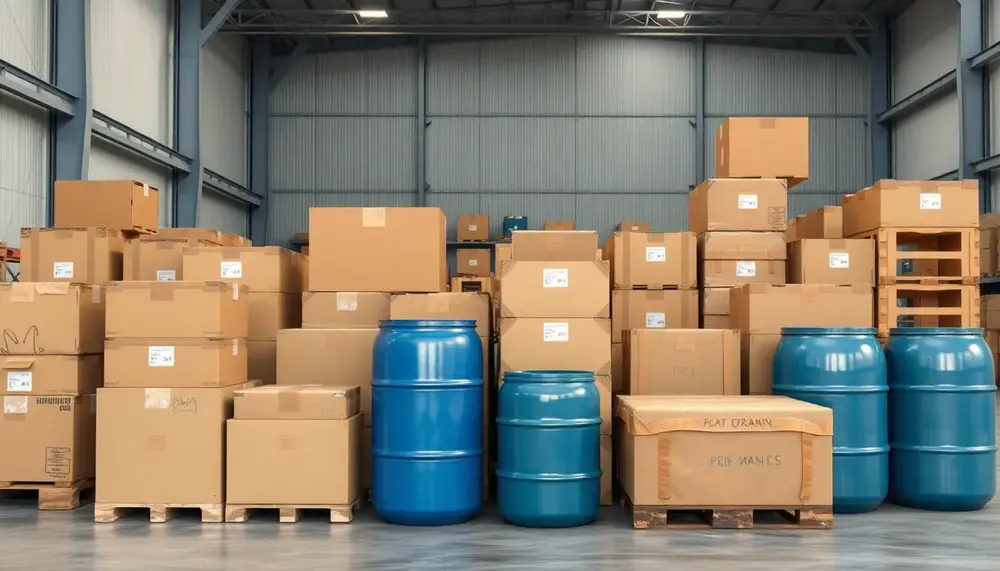
Bulk packaging is a crucial component of logistics, focusing on efficiency and cost-saving by using large containers like IBCs, drums, and pail buckets to transport substantial quantities of goods safely. It involves selecting the right materials—such as fiberboard boxes or...
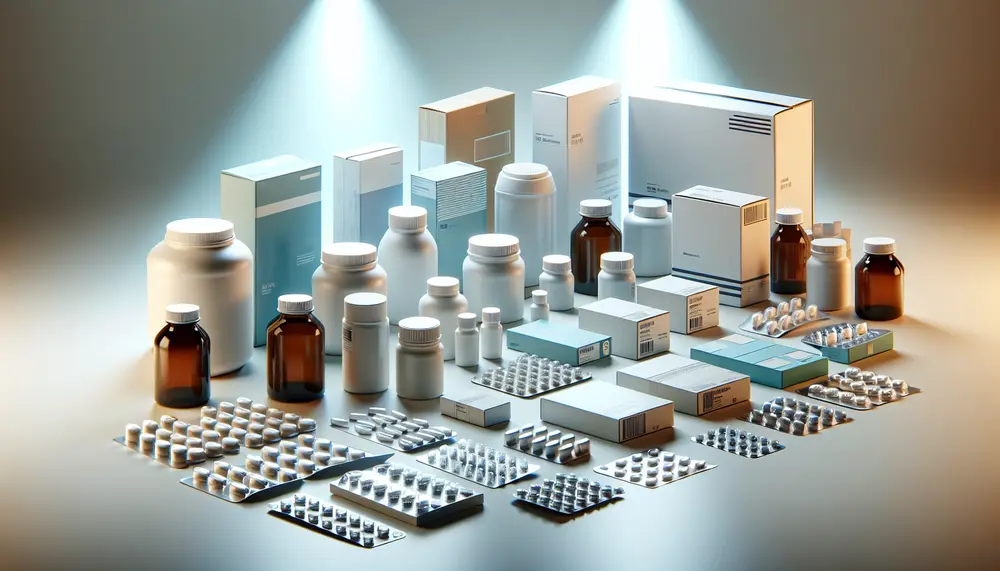
Pharmaceutical packaging is essential for maintaining the safety, integrity, and effectiveness of medications by protecting them from contamination, degradation, and tampering while ensuring they remain effective throughout their shelf life. It involves using various materials like glass, plastics, metals, and...
